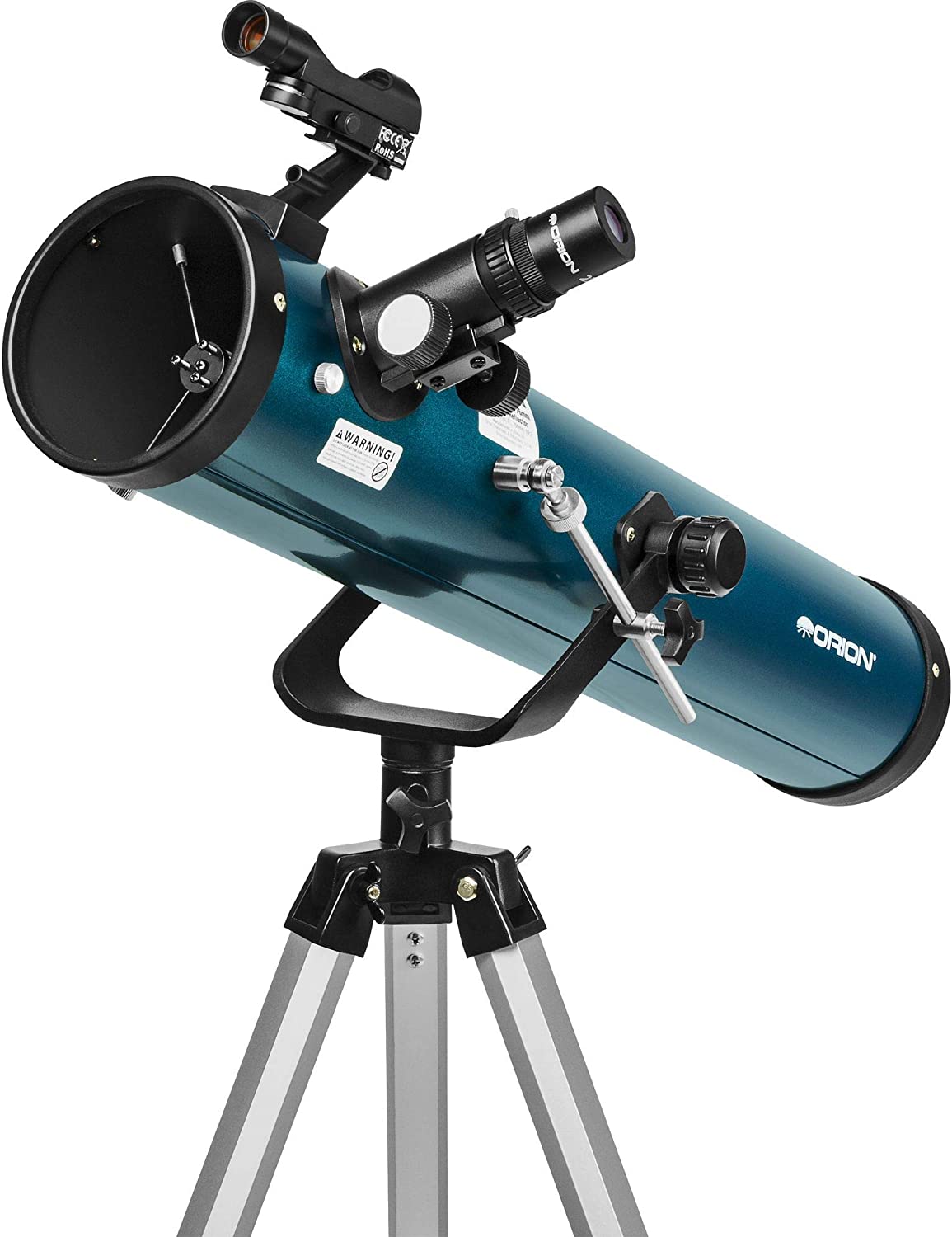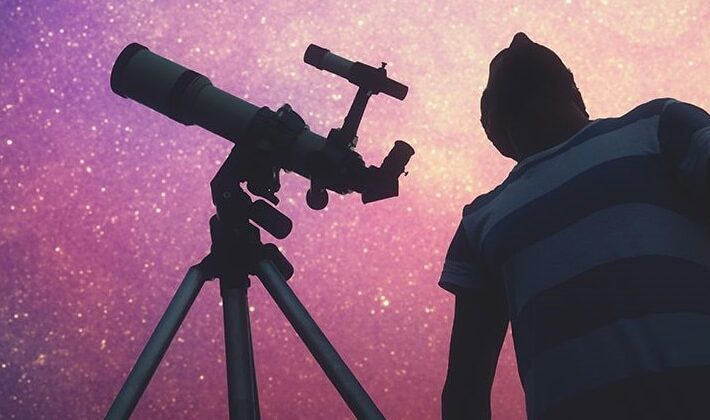

The biggest distinguishing feature between telescopes at a given price point is the aperture size.
BEST TELESCOPE UNDER 200 FULL
It also comes with just one lens, so you may need to invest in an expensive lens set to use this telescope to its full potential, which hurts its overall value.īuyer’s Guide – Choosing the Best Telescope Under $300 Aperture This is the most expensive model we looked at, and it lacks any secondary features that make some of the others great value.

However, we also look at value when we make our rankings. When it comes to the image quality you’re getting, this is easily the best model we reviewed. This model also comes with a great base which makes it easy to reposition, but also nearly completely eliminates vibrations for a steady image. You can make out the polar caps on Mars, Saturn’s rings, and even some of Jupiter’s moons. Because of that, it’s a great model for viewing other planets in our solar system. That’s more than 150 millimeters in diameter, which makes it the largest lens by far on our list. The Orion SkyQuest XT6 Dobsonian Telescope is a mid-grade telescope with many frills stripped out so you can get it for a beginner-grade price. However, if you want to experience the stars without having to figure out where they are yourself, you’ll really like what this model has to offer. The only downside is that it uses eight AA batteries at once, and you only get five hours of use from those batteries. This telescope is about as close to dead-on as you could hope for. Some telescopes have red-shifting or blue-shifting issues. This model also excels when it comes to color distortion.

It has two lenses with 60x and 167x magnification, so you’ll be able to get great images of the moon and of distant planets and stars. This means you can align it with the moon or a few prominent stars, and it’ll calculate where 4,000 other objects in the night sky will be and automatically orient the telescope to spot them. This telescope comes with a very large, 114-millimeter lens, which captures a ton of light and helps you make out faint stars, even in areas with bad light pollution. The Celestron 114LCM Computerized Telescope is a better overall choice for the semi-serious stargazer. If you’re looking for a high-performing telescope on a budget, you’ll like this one. If those were to be fixed, we’d have no complaints about this model. They aren’t as clear as they could be, and that sometimes leads to longer assembly times. The only frequent consumer complaint relates to the instructions. You can’t always expect great detail from inexpensive telescopes, but this model performs on a level that would suggest a much higher price tag.

It also provides excellent overall image quality. Also included is a stainless steel tripod, which is very durable, and folds down so you can travel easily with this telescope. The 24x, 60x, and 120x eyepieces give you a wide range of viewing options and make this telescope great for seeing detail on the moon, or for spotting distant planets like Jupiter. It comes with a large, 90-millimeter lens, which allows bright images of the night sky and exceptional detail and color during the day. The Gskyer Refractor Telescope AZ90600 is one of the best telescopes you can find for under $300.


 0 kommentar(er)
0 kommentar(er)
